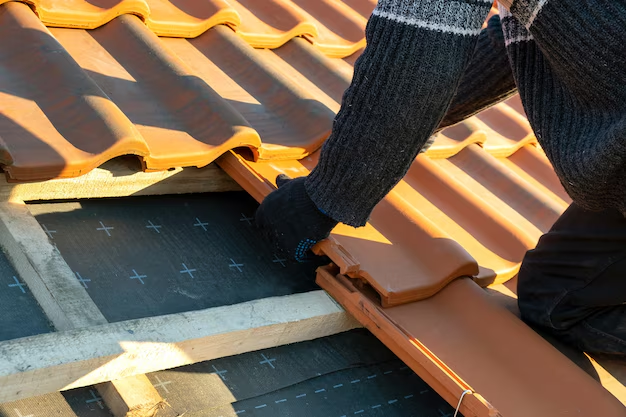Discover the True Cost of Replacing Your Roof and Explore Your Financial Options
Replacing a roof is a significant investment for any homeowner, often prompted by severe weather damage, the roof's age, or simply the desire for an upgrade. The cost of replacing a roof, however, can vary widely based on numerous factors such as materials used, the size of the roof, and labor costs. Understanding these costs can help you plan effectively, minimizing financial strain.
Key Factors Influencing Roof Replacement Costs
Material Choices: The type of roofing material you choose significantly impacts the total cost. Asphalt shingles are the most affordable, averaging between $5,000 and $10,000 for a standard-sized home. Metal roofing costs more, ranging from $10,000 to $20,000, while slate and tile options can push your expenses up to $50,000 or more.
Roof Size and Pitch: The larger and steeper your roof, the more you'll pay. Roof pitch affects labor intensity; steeper roofs require more safety measures and time. Calculate the square footage accurately to avoid unexpected pricing surprises.
Labor and Permits: Labor costs can widely differ based on your location, ranging from $1.50 to $4.50 per square foot. Additionally, obtaining necessary permits is crucial, and these can add extra costs to your budget, typically between $400 and $800.
Old Roof Removal: Removing an old roof costs extra, often around $1,000 to $1,500, adding to the overall expense. Ensure you include this in your budget to avoid unforeseen costs.
Considering Financial Assistance Options
Replacing a roof requires a substantial financial outlay, so consider exploring various financial assistance options available to ease the burden.
Government Programs
Many government aid programs offer grants or low-interest loans for home repairs, including roof replacement. These programs are often based on income levels and the home's condition, providing considerable relief for eligible homeowners.
Home Insurance Policies
If the roof replacement is due to storm damage, check if your home insurance policy covers any costs. While insurance won't cover ordinary wear and tear, it may assist with weather-related damages, significantly offsetting expenses.
Financing and Credit
Various financial institutions provide home improvement loans or lines of credit to help spread costs over time. When considering these options, shop around for the best terms—look for low-interest rates and favorable repayment periods to minimize long-term financial impacts.
Energy-Efficient Incentives
Consider installing energy-efficient roofing systems. Some governments offer tax credits or rebates for eco-friendly home improvements, allowing you to recoup part of your initial investment through savings on utility bills and tax deductions.
Make Informed Decisions with Financial Tools
Tackling a roof replacement doesn't have to be daunting. With the right information and financial planning, you can achieve a durable, long-lasting roof without straining your budget. Remember the value of obtaining multiple quotes and consulting with professionals for advice tailored to your specific circumstances.
Helpful Resources for Roof Replacement Financial Assistance
- 🏠 Government Grants: Check local and federal programs for home repair assistance.
- 🔨 Insurance Coverage: Review your policy for potential claims on weather-related damage.
- 💳 Home Improvement Loans: Explore personal loans or credit lines for manageable repayments.
- 🌿 Energy-efficient Incentives: Look into tax credits or rebates for sustainable roofing options.
Making sound financial choices now will ensure your new roof stands strong for decades, protecting your home with style and efficiency. Prioritize thoughtful planning, and you'll find the renovation process smoother and possibly more affordable than you imagined.
